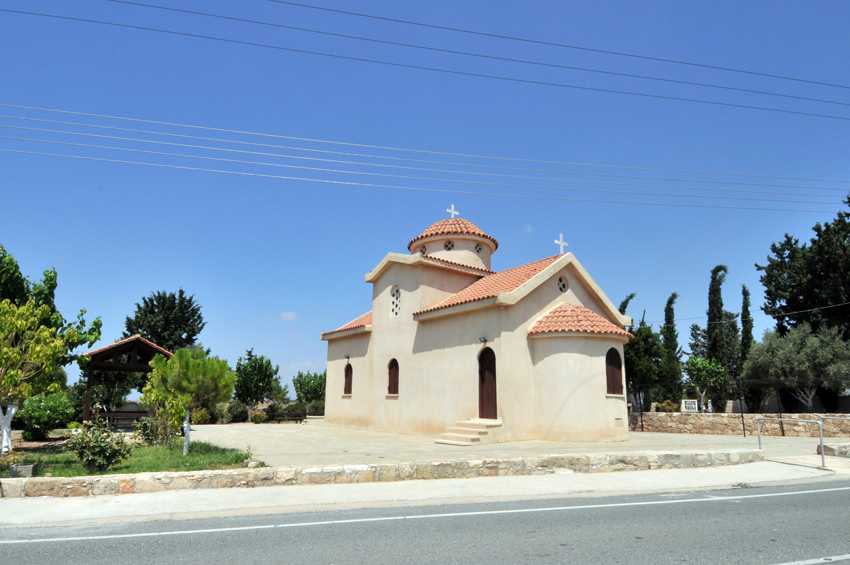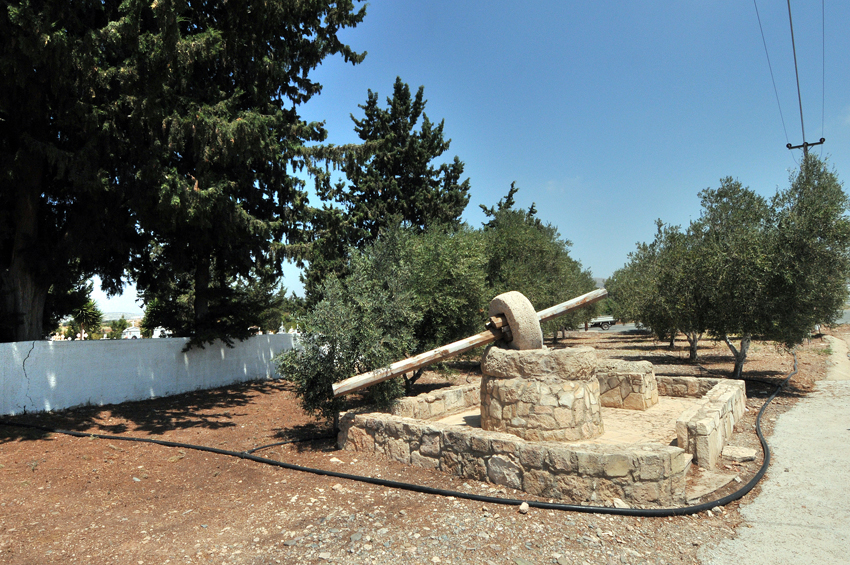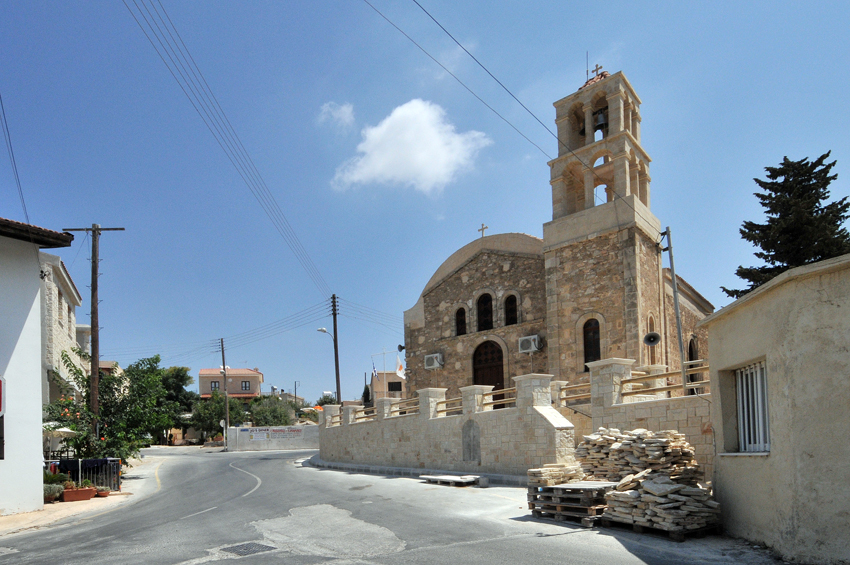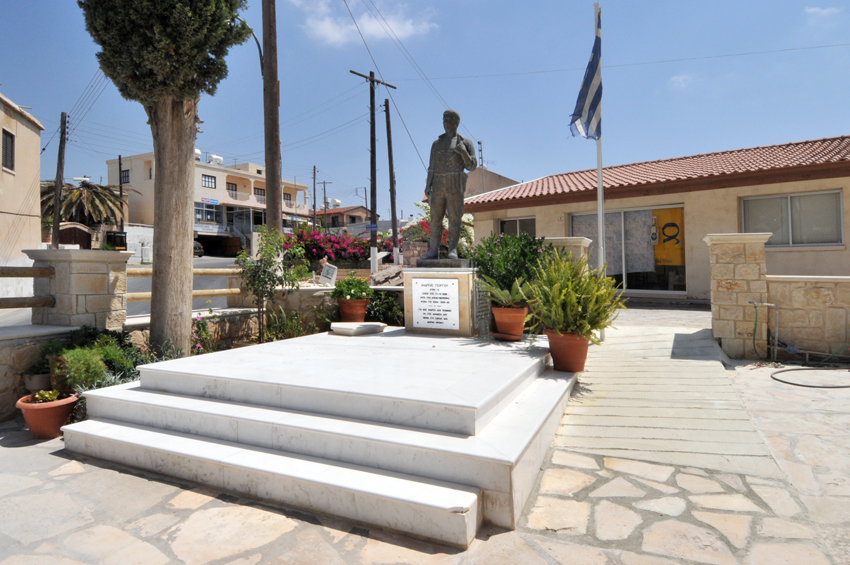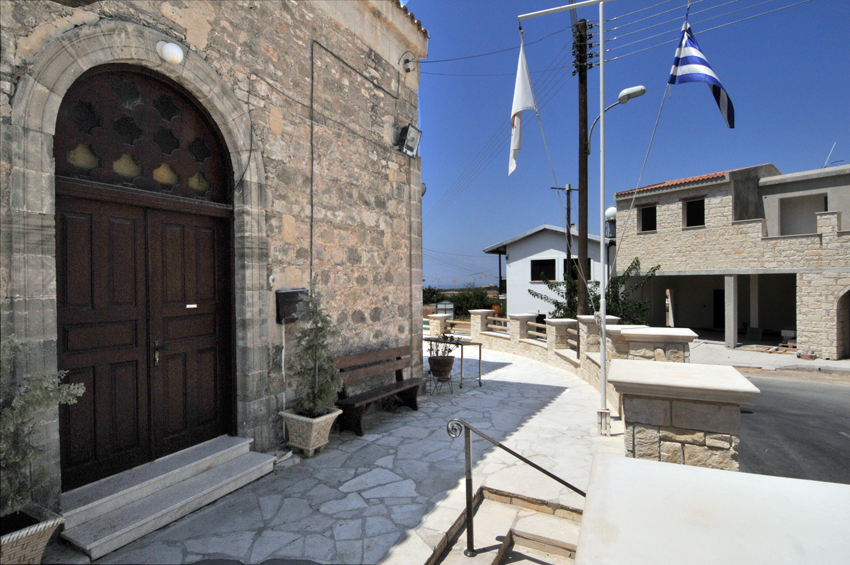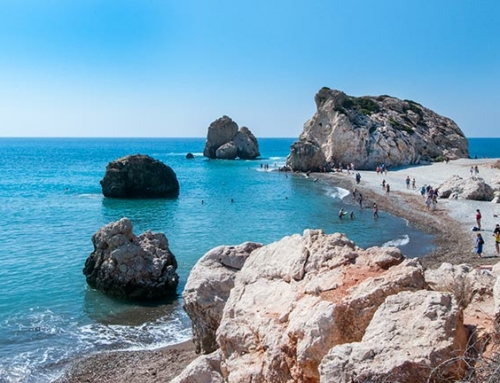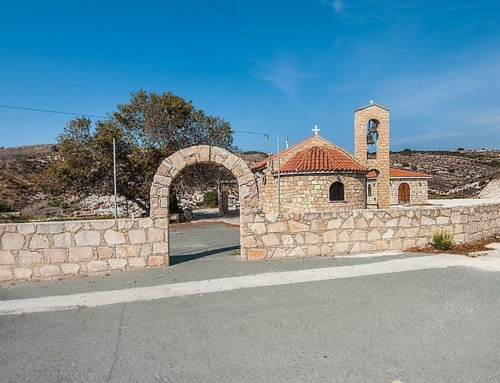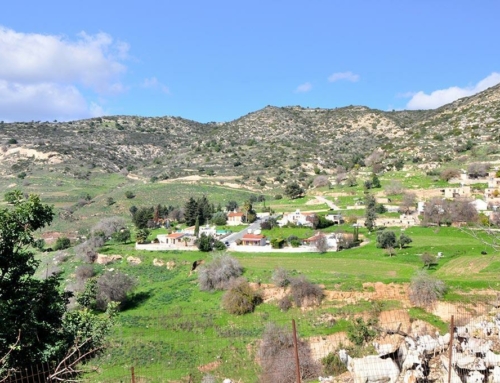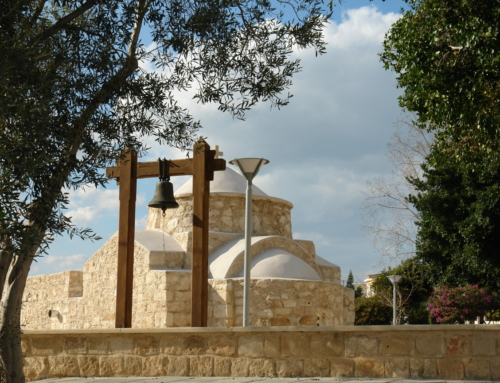Anarita Village is one if larger villages located some 18km east of Paphos and sited some 3km from the sea.
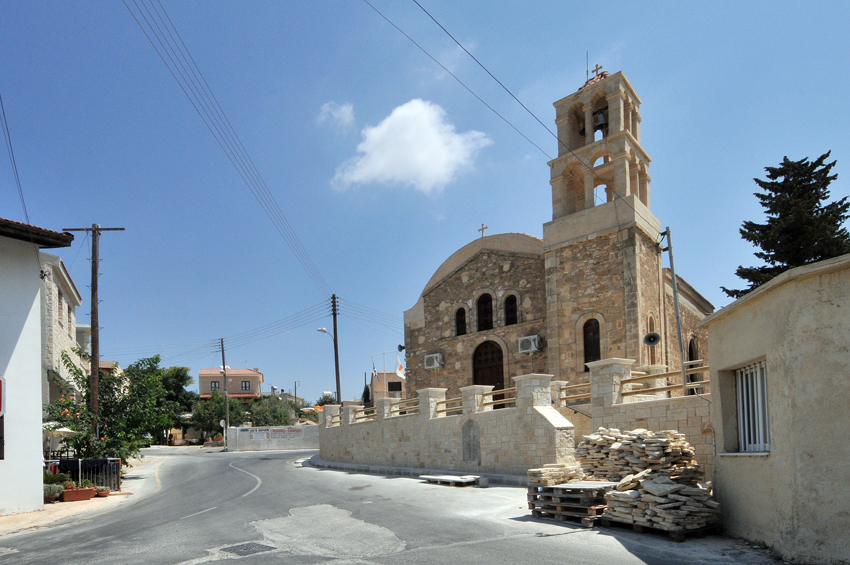 The village is above the humidity line and enjoys cool breezes throughout the long summer months. Traditional stone houses, a fine Grecian church and a charming village centre all add to the beauty and appeal of this lovely village.
The village is above the humidity line and enjoys cool breezes throughout the long summer months. Traditional stone houses, a fine Grecian church and a charming village centre all add to the beauty and appeal of this lovely village.
History:Anarita is a village in Paphos district, located 12 kilometers away from the city of Paphos, on the northeast. The village is built almost 105 meters above sea level. Its greater part is located on the chalks formulating Pachna. The anaglyph continuing the sea terrace on the southwest is expanded to the north, where the altitude reaches 254 meters. The closest beach stands at a distance of four kilometers away from the village.
Anarita has a long history. The village is included in the list of medieval feud of Mas Latrie. Louis de Mas Latrie, the first French specialized in Cypriot history. Louis de Mas Latrie mentions that Anarita was donated with some other villages in 1468 by Jacob II of the Louzinian family to a knight named Jerome Salviati. Some pages later he lists “Anarrida” in the catalogue of public properties, conducted at the beginning of the Venetian domination. In the donation paper, Anarita is characterized as presterie, which, according to S. Menandrou, is different than casal (=village) and is equal to ferme (=mansion), feuds of the Royal ownership of Kouklia.
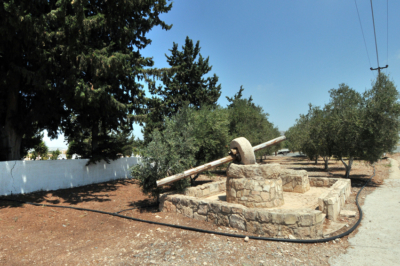 Later, in 1881 when the first scientific census of the population of Cyprus took place under the new English administration, Anarita had 195 Christian and Muslim inhabitants and in 1982, 329 only Greeks (Christians). All Turkish-Cypriots, 7 to 8 families, were forced to leave in 1963-1964 when the arguments between Greeks and Turks began. They did not want to leave the village, as they co-existed peacefully with the Greeks in Anarita, but the Turkish-Cypriots of the neighboring community of Mandria forced them to leave.
Later, in 1881 when the first scientific census of the population of Cyprus took place under the new English administration, Anarita had 195 Christian and Muslim inhabitants and in 1982, 329 only Greeks (Christians). All Turkish-Cypriots, 7 to 8 families, were forced to leave in 1963-1964 when the arguments between Greeks and Turks began. They did not want to leave the village, as they co-existed peacefully with the Greeks in Anarita, but the Turkish-Cypriots of the neighboring community of Mandria forced them to leave.
The increase in population to 420 inhabitants noted in 1976 when the village hosted refugees after the Turkish Invasion did not permanent. Pericles Michaelides 1887, in “Official villages and villages that have schools” mentions that Anarita had a school, when other, relatively big villages of Paphos with more inhabitants (Konia, Letympou etc) did not have schools.
However, because of the lack of financial politics on behalf of the English colony, the villages of Cyprus, and especially Paphos, were deprived of such help.
Jeffrey (1918) lauds the “small cheeses” of Anarita and the churched of Saint Marina and Saint Onisiforos. Gunnies mentions the old deserted monastery of Saint Onisiforos located near the village. You can attain more information regarding the life of Saint Systematic excavations did not yet take place in Anarita and the superficial findings are limited to the Hellenistic era. Archaeologists do not exclude future excavations so as to disclose more ancient findings, since Anarita is located in an area inhabited before the above-mentioned era. The neighboring village of Kouklia, the kingdom of Palaipaphos, was inhabited, as indicated by excavations, during the Mycenaean era. Settlements going back to the copper-lithic era were found in the neighbouring village of Souskiou.
The Byzantine tradition connects Anarita and the worship of Saint Onisiforos, which is also mentioned by a manuscript ecclesiastical service.
Jack C. Goodwin in the Toponymic of Cyprus combines the foundation of the village with the Monastery of Saint Onisiforos-some remains are still found near the church dedicated to the Saint. It is not known when the monastery was built and destroyed; Anarita however, is mentioned in the maps created in the last medieval years. Nearchos Klerides mentions that the Eparchy of Paphos sold the land of the monastery to peasants after it was destroyed.
The derivation of the name of the village, namely Anarita is not known. Jack C. Goodwin (A Toponym of Cyprus) relates the name with “anari”, the Cypriot kind of cheese. However, this simplistic explanation is not sufficient. The name Anaritis mentioned in the Mass of Saint Onisiforos, is believed to have been created by the conductor of the Service. Also arbitrary is “Anavryta” (anavlyzo=gush), that was passed on traditionally. According to this version, many years ago water was gushing all over the area and that is why the village was initially named Anavryta and then Anarita.


